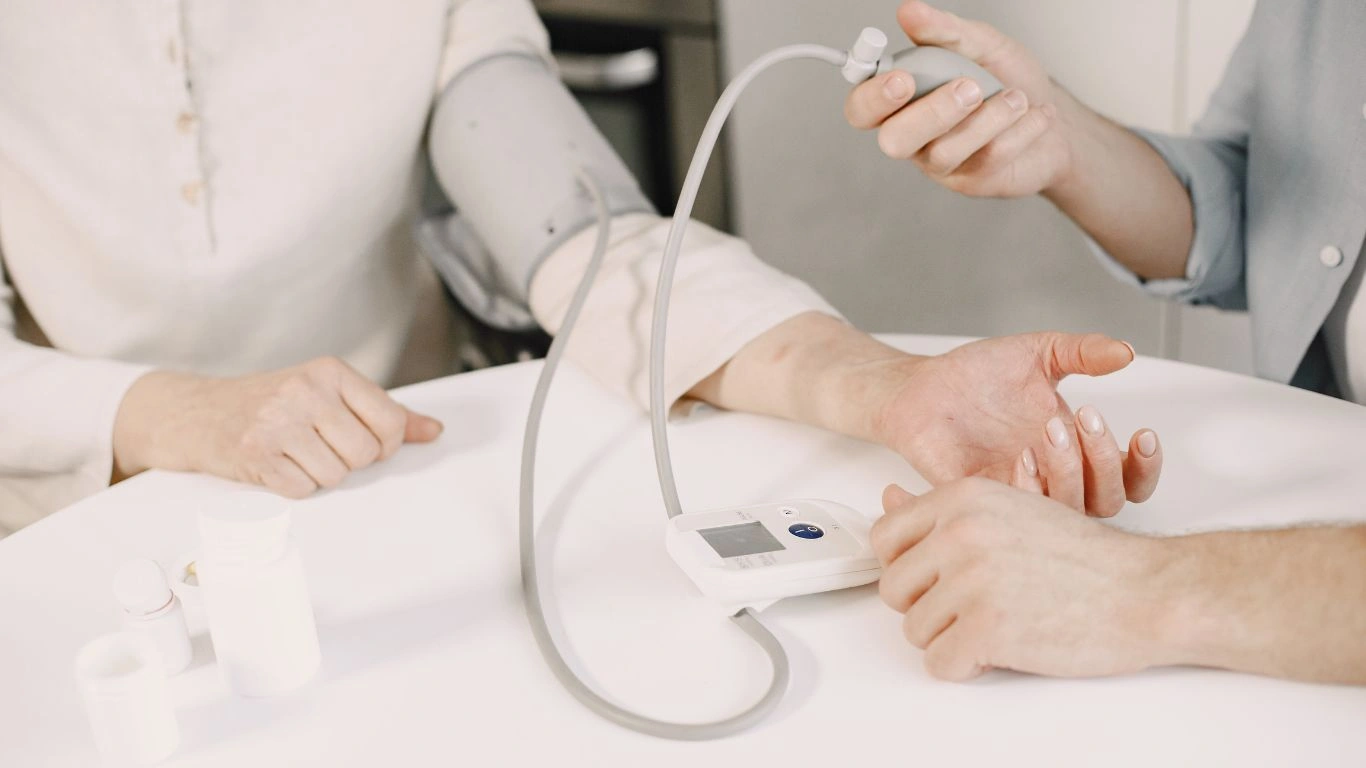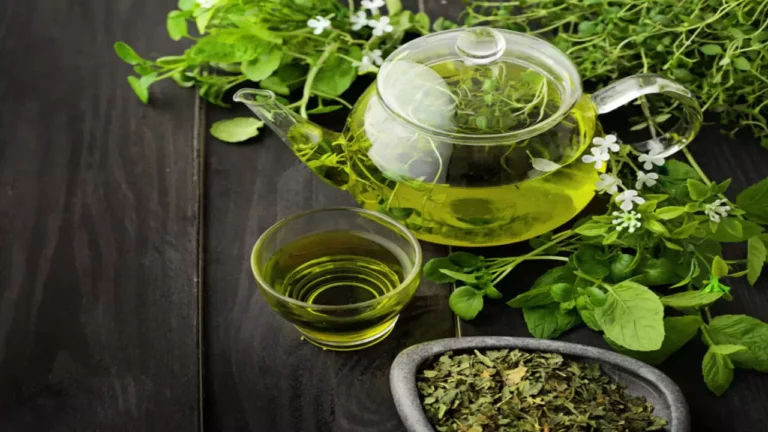Low-Sodium Meal Plans for Busy Schedules
Sticking to a low-sodium diet can be challenging, especially when you’re balancing a busy schedule. But don’t worry—there are ways to prepare healthy, low-sodium meals without spending hours in the kitchen.
Why Should You Care About Sodium?
Sodium is essential for your body, but too much of it can lead to issues like high blood pressure, heart disease, and kidney problems. The average American consumes much more sodium than they should—around 3,400 mg per day, when the recommended daily limit is just 2,300 mg. Cutting back on sodium can significantly improve your health, and the best part is, it’s easier than you think! You don’t have to sacrifice flavor to cut back on salt.
Why Meal Planning Helps
Meal planning is a game-changer, especially when you’re juggling multiple tasks and a packed schedule. It saves time, helps control portion sizes, and makes sure you stick to a healthy, low-sodium diet. Meal planning also lets you control exactly what goes into your food, making it easier to avoid processed snacks that tend to be high in sodium. When you have low-sodium meals prepped and ready to go, you’re much less likely to grab that bag of chips or hit the drive-thru.

Steps to Creating a Low-Sodium Meal Plan
1. Plan Ahead – Even If It’s Just for a Few Days
Start by planning meals for at least a few days in advance. If you’re just getting started, aim for a couple of days at a time, and gradually work up to planning your entire week. The key is to make simple, versatile meals that you can repeat. Think of easy-to-make stews, soups, salads, and grain bowls—things that are filling and hold up well in the fridge.
2. Stock Up on Low-Sodium Staples
A well-stocked kitchen is the first step to successful meal planning. Here’s a list of must-have low-sodium ingredients: Fresh vegetables like spinach, bell peppers, cucumbers, and broccoli; Whole grains like brown rice, quinoa, and oats; Lean proteins such as chicken breast, turkey, fish, and plant-based proteins like tofu and beans; Herbs and spices for seasoning, including garlic, pepper, cumin, basil, and thyme; Low-sodium canned goods like beans, tomatoes, and broths. These staples will set you up for success!
3. Make Batch Meals
Cooking in bulk saves time and ensures you have healthy meals ready to go. Batch cooking is perfect for preparing low-sodium soups, stews, or grain bowls in one go, so you can eat off them for a few days. Chili, for example, is great for batch cooking and can easily be made in a slow cooker or Instant Pot.
4. Embrace Simple Recipes
Simplicity is key when you’re trying to stick to a low-sodium diet. Here are some quick and easy meal ideas: Veggie stir-fry: Quickly sauté your favorite veggies like bell peppers, broccoli, and spinach with a little olive oil and garlic. Add a lean protein, such as tofu or chicken, and some low-sodium soy sauce or coconut aminos. Grain bowls: Start with a base like quinoa or brown rice, top it with lean protein, add a mix of veggies, and drizzle a low-sodium dressing over the top. Roasted chicken with vegetables: Season chicken with herbs like rosemary and thyme, and roast with carrots, sweet potatoes, and onions for a simple and hearty meal.
5. Keep Snacks Low-Sodium Too
Snacks are often the sneaky culprits when it comes to sodium. Instead of reaching for processed foods, stock up on healthier options. Try hummus with sliced veggies, unsalted nuts, or air-popped popcorn with nutritional yeast.
6. Make Use of Leftovers
Repurposing leftovers makes meal prep easier. For example, if you make a batch of roasted chicken, use the leftovers in salads, grain bowls, or wraps. This not only saves time but also prevents food waste.
7. Invest in a Slow Cooker or Instant Pot
If you don’t have a lot of time to cook, a slow cooker or Instant Pot is a lifesaver. You can throw in fresh ingredients and let the appliance do the work, making it easy to prepare low-sodium meals in bulk.

Sample Low-Sodium Meal Plan for a Week
Here’s a sample meal plan to help you get started:
Monday:
Breakfast: Oatmeal with fresh berries, chia seeds, and a drizzle of honey. Lunch: Quinoa salad with chickpeas, cucumber, and a lemon-tahini dressing. Dinner: Grilled chicken with roasted sweet potatoes and steamed broccoli.
Tuesday:
Breakfast: Greek yogurt with sliced almonds and cinnamon. Lunch: Leftover quinoa salad from Monday. Dinner: Veggie stir-fry with tofu, bell peppers, and brown rice.
Wednesday:
Breakfast: Smoothie with spinach, banana, almond milk, and protein powder. Lunch: Whole wheat wrap with turkey, spinach, cucumber, and low-sodium dressing. Dinner: Baked salmon with quinoa and steamed asparagus.
Thursday:
Breakfast: Whole wheat toast with avocado and a poached egg. Lunch: Leftover veggie stir-fry from Tuesday. Dinner: Chili made with lean ground turkey, beans, and bell peppers.
Friday:
Breakfast: Scrambled eggs with spinach and tomatoes. Lunch: Leftover chili from Thursday. Dinner: Grilled shrimp tacos with cabbage slaw in low-sodium tortillas.

Final Thoughts
Eating low-sodium meals on a busy schedule doesn’t have to be complicated. With a little planning and some simple recipes, you can eat well and stay on track with your sodium goals. Just remember to plan ahead, keep your meals simple, and stock up on the right ingredients. Your heart and your health will thank you for it!
Appendices
References
- Mayo Clinic. (2024). Sodium: How to tame your salt habit. Retrieved from Mayo Clinic
- American Heart Association. (2023). The Impact of Sodium on Health. Retrieved from American Heart Association
- Centers for Disease Control and Prevention (CDC). (2024). Sodium and the Diet. Retrieved from CDC
FAQs
- What are some quick low-sodium meal ideas? Quick meals like veggie stir-fries, grain bowls, and simple grilled chicken with roasted veggies are great choices.
- How can I reduce sodium in pre-packaged foods? Look for low-sodium or “no salt added” versions of canned goods, broths, and sauces. You can also rinse canned beans or vegetables to reduce sodium.
- Can I use regular salt in my low-sodium meal plan? If you’re cutting back on sodium, use salt sparingly or avoid it altogether. Instead, opt for herbs and spices to add flavor.
- Are low-sodium meals only for people with health issues? No, low-sodium meals are a great choice for anyone looking to eat healthier, not just those with health concerns.
- What are some sodium-free seasoning options? Fresh herbs like basil, cilantro, parsley, and thyme, as well as spices like cumin, turmeric, and garlic powder, are great alternatives to salt.
Disclaimer
Disclaimer: The information provided in this article is for general educational purposes only and should not be taken as medical advice. Always consult with your healthcare provider or a registered dietitian before making any major changes to your diet, especially if you have a health condition. Individual needs may vary, and professional guidance is crucial for personalized care.

Dr. Gwenna Aazee is a board-certified Internal Medicine Physician with a special focus on hypertension management, chronic disease prevention, and patient education. With years of experience in both clinical practice and medical writing, she’s passionate about turning evidence-based medicine into accessible, actionable advice. Through her work at Healthusias.com, Dr. Aazee empowers readers to take charge of their health with confidence and clarity. Off the clock, she enjoys deep dives into nutrition research, long walks with her rescue pup, and simplifying medical jargon one article at a time.






